Last updated on
Discover practical tips and strategies to make your dream kitchen remodel a reality while staying within budget in this comprehensive guide.
Are you tired of looking at your outdated kitchen but feel like a remodel is out of reach? You’re not alone. Many homeowners dream of a beautiful new kitchen but are intimidated by the potential cost.
The good news is that there are ways to afford a kitchen remodel without breaking the bank. In this article, we’ll explore some tips and tricks for making your dream kitchen a reality without sacrificing your entire savings account.
So grab a cup of coffee and let’s get started!
What's Inside
Budgeting for a Kitchen Remodel
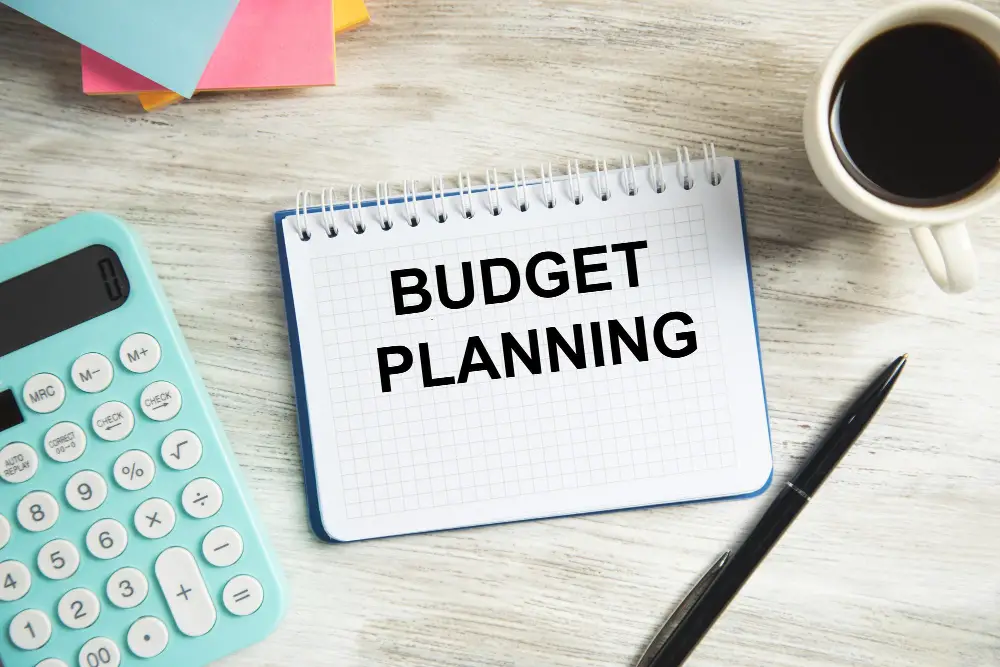
The first step in affording a kitchen remodel is to create a budget. This will help you determine how much money you can realistically spend on the project and ensure that you don’t overspend.
When creating your budget, consider all of the costs associated with the renovation, including materials, labor, permits, and any unexpected expenses that may arise.
To get an idea of what your kitchen remodel might cost, research average prices for similar projects in your area. You can also consult with contractors or designers to get estimates based on your specific needs.
Once you have determined how much money you are willing to spend on the project overall (and broken it down into smaller categories), stick to it! It’s easy for costs to spiral out of control during renovations if there isn’t a clear plan in place from day one.
Deciding How Much to Spend and Sticking to It

It’s important to set a budget and stick to it throughout the renovation process. One way of doing this is by creating a detailed list of all expenses associated with the project, including materials, labor costs, permits fees and any other miscellaneous expenses.
When deciding on your budget for a kitchen remodel consider factors such as how long you plan on living in your home after the renovation and what kind of return on investment (ROI) you expect from it if selling in future. A good rule of thumb is not spending more than 10-15% percent of your home’s value on remodeling projects.
It’s also essential that once you have established an amount that works for both short-term affordability and long-term ROI goals; stick with it! Avoid making impulsive decisions or adding unnecessary features during construction which could lead overspending beyond what was initially planned.
Renovation Financing Options

Fortunately, there are several options available for homeowners looking to fund their renovation project.
Personal loans are one option that many people consider. These loans typically have higher interest rates than other types of financing, but they can be easier to obtain and don’t require any collateral.
Credit cards can also be used for smaller projects or as a short-term solution. However, it’s important to keep in mind that credit card interest rates can quickly add up if you’re not able to pay off the balance right away.
For those who own their home and have built up equity over time, cash-out refinancing may be an option worth considering. This involves taking out a new mortgage with a larger principal amount than your current mortgage and using the difference between the two amounts as funding for your renovation project.
Another way homeowners can tap into their home equity is through either Home Equity Lines of Credit (HELOCs) or Home Equity Loans (HELs). Both allow you access funds based on how much equity you’ve built up in your property; however HELOCs work more like credit cards while HELs function more like traditional mortgages with fixed payments over time.
Personal Loans

Personal loans are unsecured loans, which means you don’t have to put up collateral like your home or car. They typically have fixed interest rates and repayment terms ranging from one to seven years.
When considering a personal loan for your kitchen remodel, it’s important to shop around and compare offers from different lenders. Look for lenders that offer competitive interest rates and flexible repayment terms that fit within your budget.
Keep in mind that taking out a personal loan will add another monthly payment obligation on top of any existing debts you may have. Be sure to factor this into your overall budget when deciding how much money you can afford to borrow.
While personal loans can be an attractive option for financing home renovations, they do come with some drawbacks as well. Interest rates on these types of loans tend to be higher than secured options like HELOCs or home equity loans since there is no collateral involved.
If you have less-than-perfect credit history, securing approval for the amount needed may prove difficult or result in unfavorable lending conditions such as high-interest rate charges due the risk associated with lending without security.
Credit Cards

Credit cards typically have high-interest rates, and if you’re not able to pay off the balance in full each month, you could end up paying much more than the original cost of your renovation.
However, some credit cards offer 0% interest for a limited time period on purchases or balance transfers. If you’re confident that you can pay off the balance before this promotional period ends and avoid any additional fees or charges, then using a credit card may be worth considering.
Cash-out Refinance
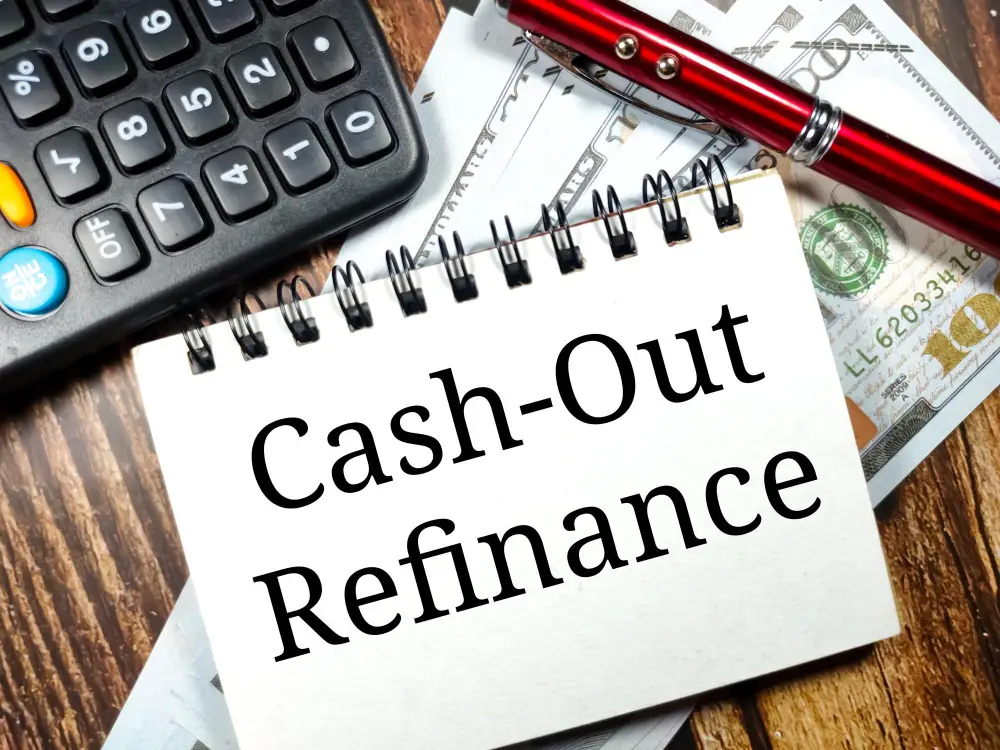
This involves refinancing your existing mortgage and taking out additional funds to pay for the renovation. The amount you can borrow will depend on the equity you have in your home, as well as other factors such as credit score and income.
One of the benefits of a cash-out refinance is that it typically offers lower interest rates than personal loans or credit cards. Since this type of loan uses your home’s equity as collateral, lenders may be more willing to offer larger loan amounts.
However, it’s important to keep in mind that a cash-out refinance will increase the overall amount owed on your mortgage and could extend its term. This means you’ll be paying off both your original mortgage balance plus any additional funds borrowed over an extended period of time.
HELOC
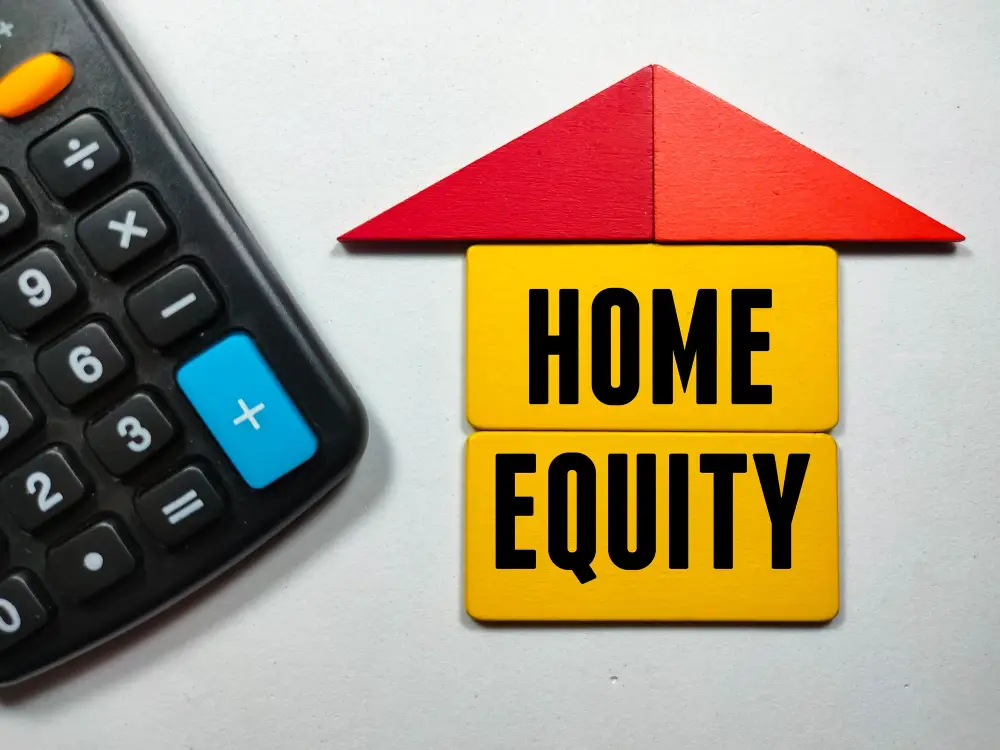
A HELOC allows you to borrow against the equity in your home and use it as a line of credit. This means that you can access funds as needed throughout the renovation process.
One advantage of a HELOC is that interest rates are typically lower than those on personal loans or credit cards. With a HELOC, you only pay interest on the amount borrowed rather than the entire loan amount.
However, it’s important to note that using a HELOC puts your home at risk if you’re unable to make payments. If this happens and foreclosure occurs, then not only will you lose your house but also any equity built up over time.
Home Equity Loan

This can be an excellent option for financing a kitchen remodel because it typically offers lower interest rates than other types of loans. However, keep in mind that this type of loan uses your home as collateral, so if you are unable to make payments on the loan, you risk losing your house.
Before taking out a home equity loan for your kitchen remodel, consider how much equity you have in your property and whether or not it’s worth risking foreclosure over. Ensure that the monthly payments fit within your budget and won’t cause financial strain down the line.
Federal Programs

The Federal Housing Administration (FHA) offers a 203(k) loan program that allows borrowers to combine the cost of home improvements with their mortgage. This can be an attractive option for those who want to make significant upgrades but don’t have the cash on hand.
Another federal program is the Energy Efficient Mortgage (EEM), which provides financing for energy-efficient upgrades such as new windows or appliances. These types of improvements not only save money on utility bills but can also increase your home’s value.
It’s important to note that these programs may come with specific requirements and restrictions, so it’s essential to do your research before applying. However, if you qualify for one of these programs, they could provide a valuable source of funding for your kitchen remodel project while potentially saving you money in the long run.
DIY Vs. Professional Remodel
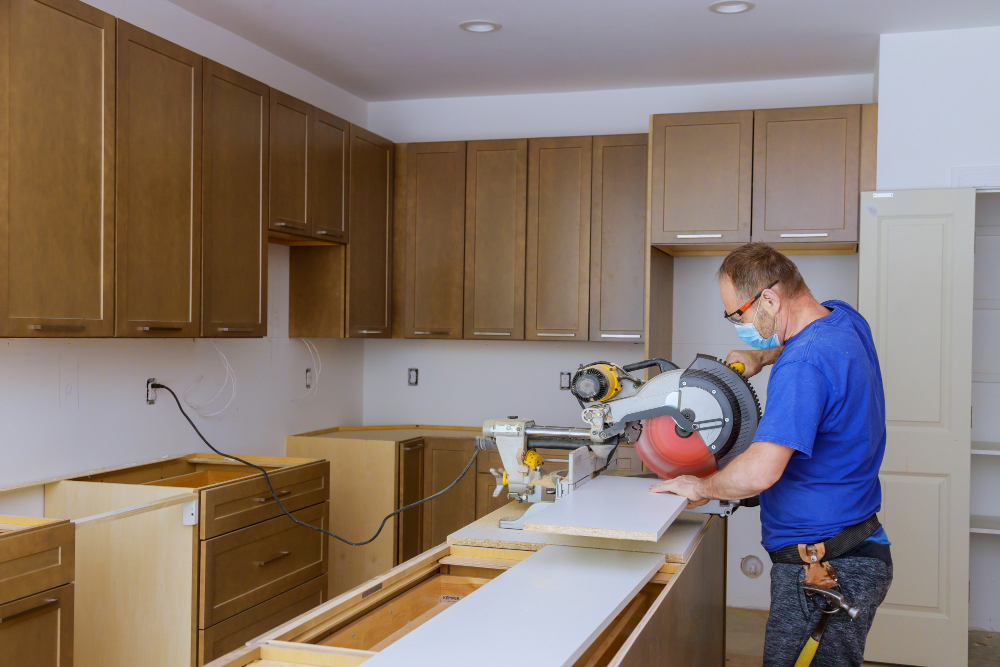
While DIY projects can save money, they also require significant time and effort, as well as specialized skills that not everyone possesses.
Before deciding which route to take, consider your level of experience with home improvement projects and the complexity of your renovation plans. If you’re confident in your abilities and have plenty of spare time on hand, then DIY may be an option worth exploring.
However, if you lack experience or are planning major structural changes such as moving walls or adding windows/doors; hiring professionals is highly recommended for safety reasons alone. A licensed contractor will ensure that all work meets local building codes while providing quality craftsmanship within budget constraints.
Prioritizing Kitchen Features

This will help you stay within budget and ensure that your new kitchen meets your needs. Start by making a list of must-haves versus nice-to-haves.
For example, if you love cooking and entertaining, investing in high-quality appliances may be at the top of your list. On the other hand, if storage is an issue in your current kitchen, adding more cabinets or pantry space may be a priority.
Consider how often each feature will be used and how much value it adds to both daily life and potential resale value down the line. It’s also worth thinking about which features can easily be added later on versus those that require significant construction work.
Material Selection Tips

The materials you choose will impact both the look and functionality of your new space, as well as your budget. Here are some tips for selecting materials that fit within your budget:
1. Prioritize: Decide which features are most important to you and allocate more funds towards those items.
2. Research: Look into different types of materials and compare prices from various suppliers.
3. Consider Alternatives: Explore alternative options that offer similar aesthetics at a lower cost.
4. Quality vs Quantity: Invest in high-quality materials for items like countertops or flooring that will see heavy use over time while opting for less expensive alternatives on other elements such as cabinet hardware or light fixtures.
5.Reuse Existing Materials : If possible, consider reusing existing cabinets or appliances instead of purchasing new ones.
Reusing Existing Materials

This not only helps you stay within budget but also reduces waste and promotes sustainability. Before starting your renovation, take inventory of what you already have in your kitchen that can be repurposed or updated.
For example, if your cabinets are still in good condition but look outdated, consider painting or refinishing them instead of replacing them entirely. You can also replace cabinet doors and hardware for a fresh new look without having to buy all-new cabinetry.
Similarly, if your countertops are made from durable materials like granite or quartz but have scratches or stains, consider having them professionally refinished rather than replaced altogether.
Saving On Construction Costs
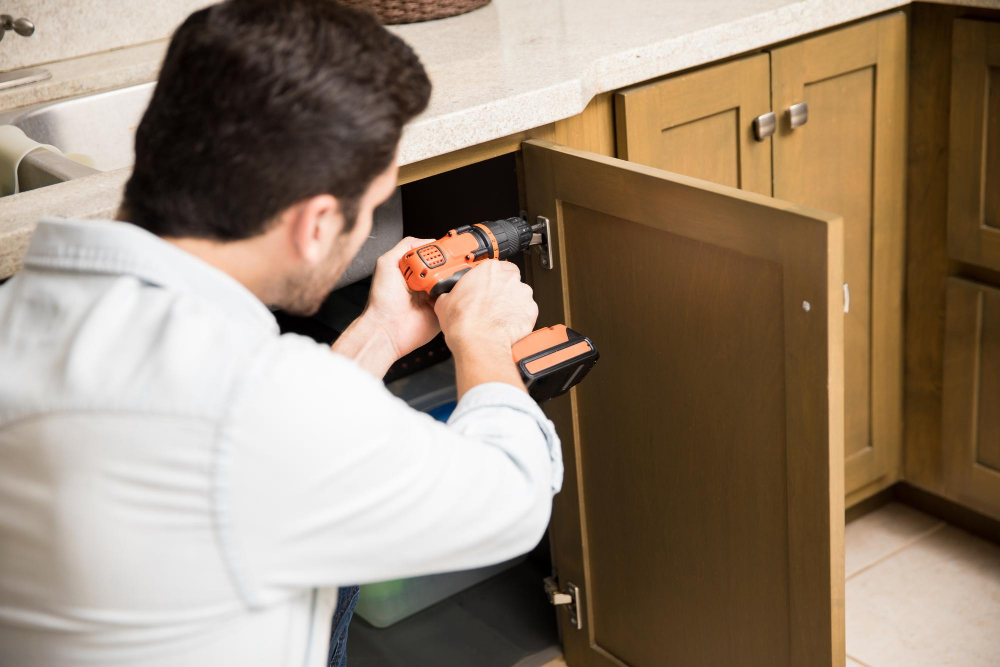
There are several ways to save money without sacrificing quality. One way to cut down on construction costs is by doing some of the work yourself if you have experience with DIY projects and feel confident enough to tackle certain aspects of the renovation.
Another option is reusing existing materials such as cabinets or countertops instead of buying new ones. This can significantly reduce your overall cost while still giving your kitchen a fresh look.
Consider using less expensive materials that mimic more expensive options like laminate flooring instead of hardwood or quartz countertops instead of marble.
Obtaining multiple quotes from different contractors can help you find competitive pricing for labor and materials. Don’t be afraid to negotiate prices with contractors either; many are willing to work within your budget if it means securing a job.
Obtaining Renovation Quotes

Obtaining renovation quotes can be a daunting task, but it’s essential for staying within budget and finding the right contractor for the job.
Start by doing some research online and asking friends or family members who have recently completed renovations if they can recommend any contractors. Once you’ve compiled a list of potential candidates, reach out to each one with details about your project.
Be sure to provide as much information as possible so that each contractor can give an accurate quote. This includes specifics such as materials desired, appliances needed (if any), square footage of the space being renovated, etc.
When comparing quotes from different contractors, make sure that all aspects are considered equally – including labor costs and material expenses – before making a final decision on which company will handle your kitchen remodel project.
Hiring the Right Contractor

A good contractor can help you stay within budget, avoid costly mistakes, and ensure that your project runs smoothly from start to finish.
When looking for a contractor, it’s essential to do your research. Start by asking friends and family members for recommendations or searching online for local contractors with positive reviews.
Once you’ve narrowed down your list of potential candidates, schedule consultations with each one to discuss their experience and approach.
During these meetings, be sure to ask plenty of questions about their qualifications and past projects. You should also request references from previous clients so that you can get an idea of what it’s like working with them firsthand.
Remodeling Permits and Insurance

Depending on the scope of the project, permits may be required for electrical work, plumbing changes or structural modifications. Failure to obtain necessary permits can result in fines and even legal action.
It’s crucial that you review your homeowner’s insurance policy before beginning any renovation project. Some policies may not cover damages caused by construction-related accidents or mistakes made during remodeling projects.
To ensure that you are fully protected during your kitchen remodel process, consider purchasing additional coverage such as builder’s risk insurance which covers damage done while renovating a home. It is also recommended that homeowners hire licensed contractors who carry their own liability insurance in case of accidents on the job site.
Discounts and Rebates

Many home improvement stores offer seasonal sales on appliances, cabinets, countertops, and other materials. You may also be able to find manufacturer rebates or cashback offers when purchasing new appliances.
Another way to save is by taking advantage of government incentives for energy-efficient upgrades. The federal government offers tax credits for certain types of energy-efficient improvements such as installing Energy Star-rated windows or upgrading your HVAC system.
Some utility companies offer rebates or discounts on energy-saving products like LED light bulbs or smart thermostats. Check with your local utility company to see what programs they have available.
Cost Saving Kitchen Hacks
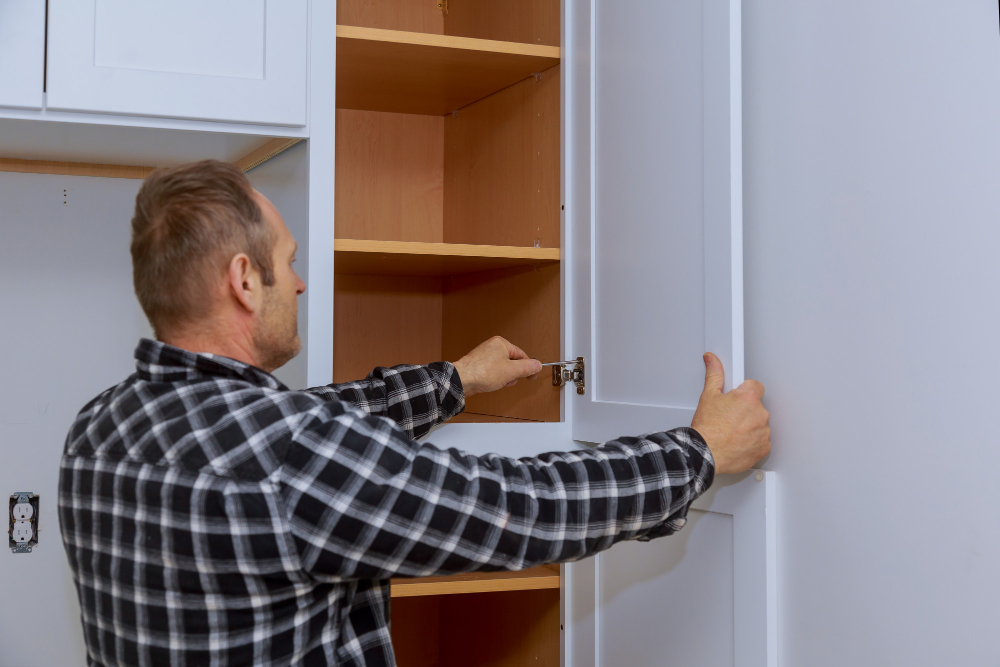
Fortunately, there are many cost-saving hacks that can help you achieve your dream kitchen without breaking the bank. One of the easiest ways to save money is by reusing existing materials whenever possible.
For example, if your cabinets are in good condition but just need a facelift, consider painting or refacing them instead of replacing them entirely.
Another way to save on costs is by prioritizing which features are most important and allocating funds accordingly. If you’re an avid cook and spend a lot of time in the kitchen, investing in high-quality appliances may be worth splurging on while opting for less expensive countertops or flooring.
Shopping around for discounts and rebates can also help cut down on expenses. Many home improvement stores offer seasonal sales or clearance items that could be exactly what you’re looking for at a fraction of the original price.
Remodel ROI and Resale Value

According to Remodeling Magazine’s 2021 Cost vs. Value report, a minor kitchen remodel has an average national cost of $26,214 with an estimated ROI of 72.2%.
A major upscale kitchen remodel has an average national cost of $157,710 with an estimated ROI of 53.9%.
When planning your renovation project, keep in mind that not all upgrades will provide the same level of return on investment or appeal to potential buyers if you plan to sell your home down the road.
For example, high-end appliances may be desirable for some buyers but could also price out others who are looking for more affordable homes in their budget range.
Ultimately it is up to you as a homeowner whether or not investing money into remodeling is worth it based on personal preferences and long-term goals for selling or staying put.
While there are many ways homeowners can affordably renovate their kitchens without breaking the bank; they should also consider how much they want/need from this renovation before making any decisions about what kind(s)of changes need made!
FAQ
What is a realistic budget for a kitchen remodel?
A realistic budget for a kitchen remodel typically ranges between $14,607 and $40,616, with the national average being approximately $26,268.
What is the most expensive part of a kitchen remodel?
The most expensive part of a kitchen remodel is typically the cabinets, with an average cost of around $15,000, though this can vary depending on the materials used.
Is 30000 enough for a kitchen remodel?
Yes, $30,000 is sufficient for a standard, mid-range kitchen remodel including new flooring, cabinetry, and appliances, especially for small kitchens.
How can one save money on a kitchen remodel without sacrificing quality?
One can save money on a kitchen remodel without sacrificing quality by planning carefully, selecting cost-effective materials, and performing DIY tasks where possible.
What financing options are available for homeowners seeking a kitchen remodel?
Home equity loans, personal loans, credit cards, and contractor financing are available financing options for homeowners seeking a kitchen remodel.
How can one prioritize and make smart decisions when planning a kitchen remodel?
One can prioritize and make smart decisions when planning a kitchen remodel by considering factors such as budget, functionality, resale value, and personal preferences.




